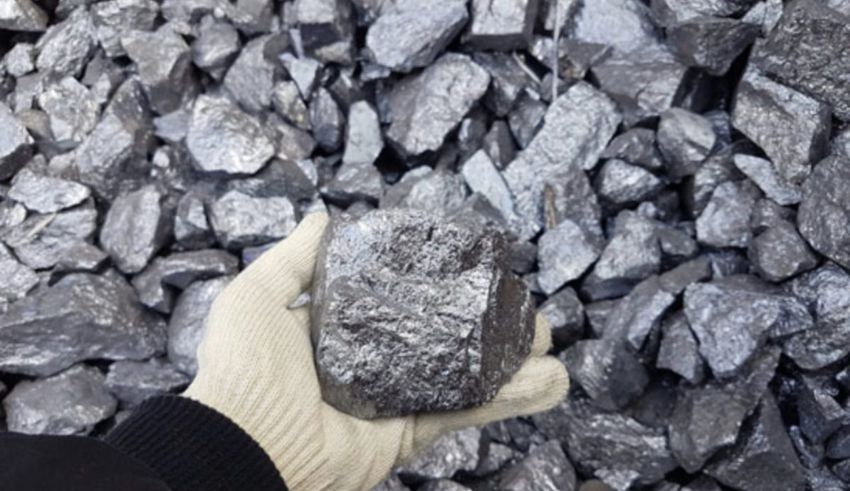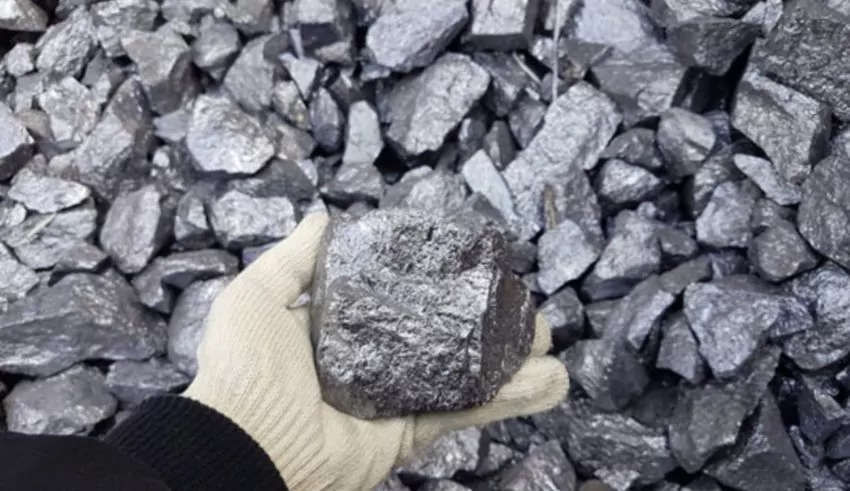

(C) HarakahDaily
According to associate professor Mohd Yusri Mohd Yunus from Universiti Malaysia Pahang Al-Sultan Abdullah, Malaysia is sitting on a goldmine of non-radioactive rare earth elements (NR-REE) with a value of an estimated RM1 trillion. These NR-REE deposits, which contain the elements dysprosium (Dy), neodymium (Nd), and praseodymium (Pr), are spread over several states, including Terengganu, Kelantan, Perak, Pahang, and Kedah. From the batteries of electric vehicles (EVs) to smartphone screens, these components are essential to modern technology. Unlocking this potential, however, presents both economic opportunity and environmental challenges.
The predicted RM1 trillion value of the NR-REE sources will provide a considerable economic boost for Malaysia. This amount is based on an estimated cost of RM 2 million for each metric tonne of these elements.
NR-REE elements like Pr, Nd, and Dy are essential in the production of high-power magnets for EV motors due to the global movement towards green energy and the rising demand for electric vehicles. The predicted demand for these components is expected to rise, with 40,000 to 70,000 metric tonnes needed by 2030 for high-performance magnets and batteries for electric vehicles.
Non-EVs can also contain NR-REE components. They are necessary for many applications, including cell phone screens (Europium), which enable the development of smaller and more potent current devices.
Malaysia must place a high priority on ethical mining practices as it considers using its NR-REE reserves. To lessen environmental effects, sustainable mining practices must be combined with rehabilitation initiatives.
For processing these elements locally, the Lynas rare earth processing facility in Pahang would be a useful resource. The Malaysian NR-REE processing facility may benefit from utilizing the knowledge of people employed by Lynas.
Commercializing NR-REE components has generated significant income for Malaysia for more than a century. To avoid overexploitation, it’s essential to balance short-term prosperity with long-term viability.
The Malaysian government is taking measures to make sure that NR-REE resources are managed responsibly. To avoid exploitation and increase returns to the nation, Prime Minister Datuk Seri Anwar Ibrahim has suggested outlawing the export of NR-REE raw materials. This year’s anticipated adoption of a standard operating procedure for NR-REE mining will further control these activities.
The rising market for electric vehicles is boosting demand for are-earth-based magnets on a global scale. By 2030, it is anticipated that the electric motors in EVs alone will require 48,000 metric tonnes of Pr, Nd, and Dy oxides. From 119,200 metric tonnes in 2020 to 753,200 metric tonnes in 2050, the U.S. Department of Energy forecasts a significant rise in demand for rare earth-based magnets.
Particularly in light of the global shift to green technology, Malaysia’s NR-REE resources present a major economic opportunity. To make sure that the country benefits from the exploitation of these resources in the long run while minimizing negative environmental effects, sustainable practices and responsible management are crucial. Malaysia has the opportunity to be a key player in the green technology revolution as the demand for rare earth elements continues to rise globally.
K-Dramas have become a household name around the world in the past two or more decades-from Asia to the Americas,…
China is stepping up its game in Indonesia’s electric vehicle (EV) battery industry after a major exit by South Korea’s…
The jersey worn by Kobe Bryant during his NBA debut has sold for an impressive $7 million at auction which…
Before the national election that will take place on May 3, the government of Singapore ordered Meta, Facebook’s parent company…
The Vivo V50 Lite 5G enters the Malaysian market as it brings an impressive battery capacity along with an unexpected…
In an auspicious start to 2025, Hyundai Motor posted a 2% gain in its operating profit for the first quarter,…
This website uses cookies.
Read More